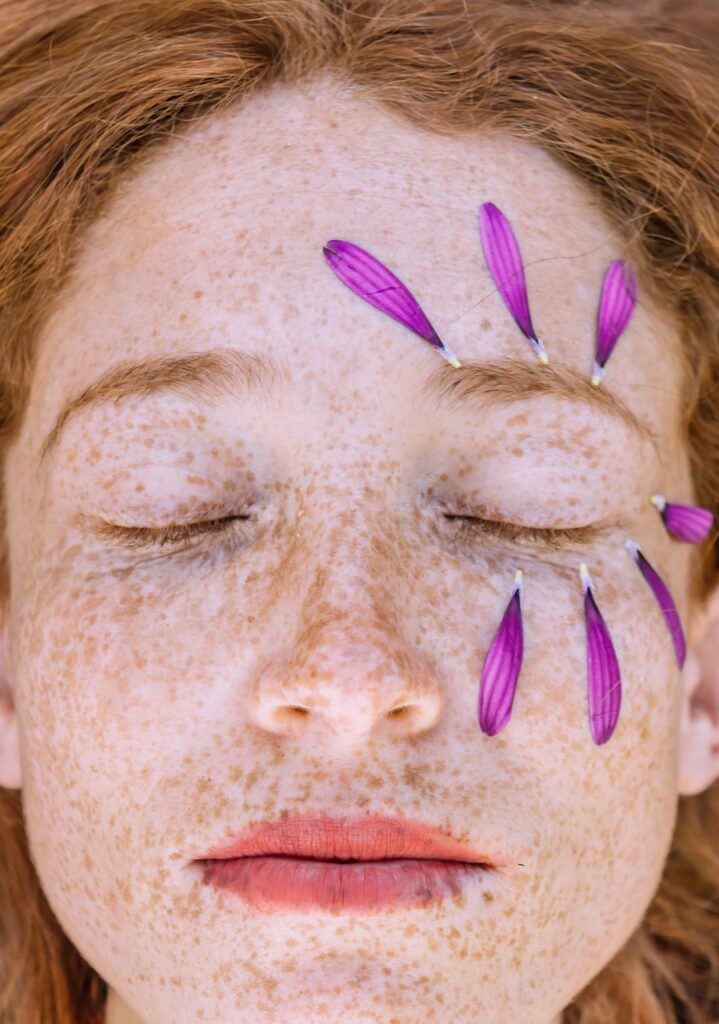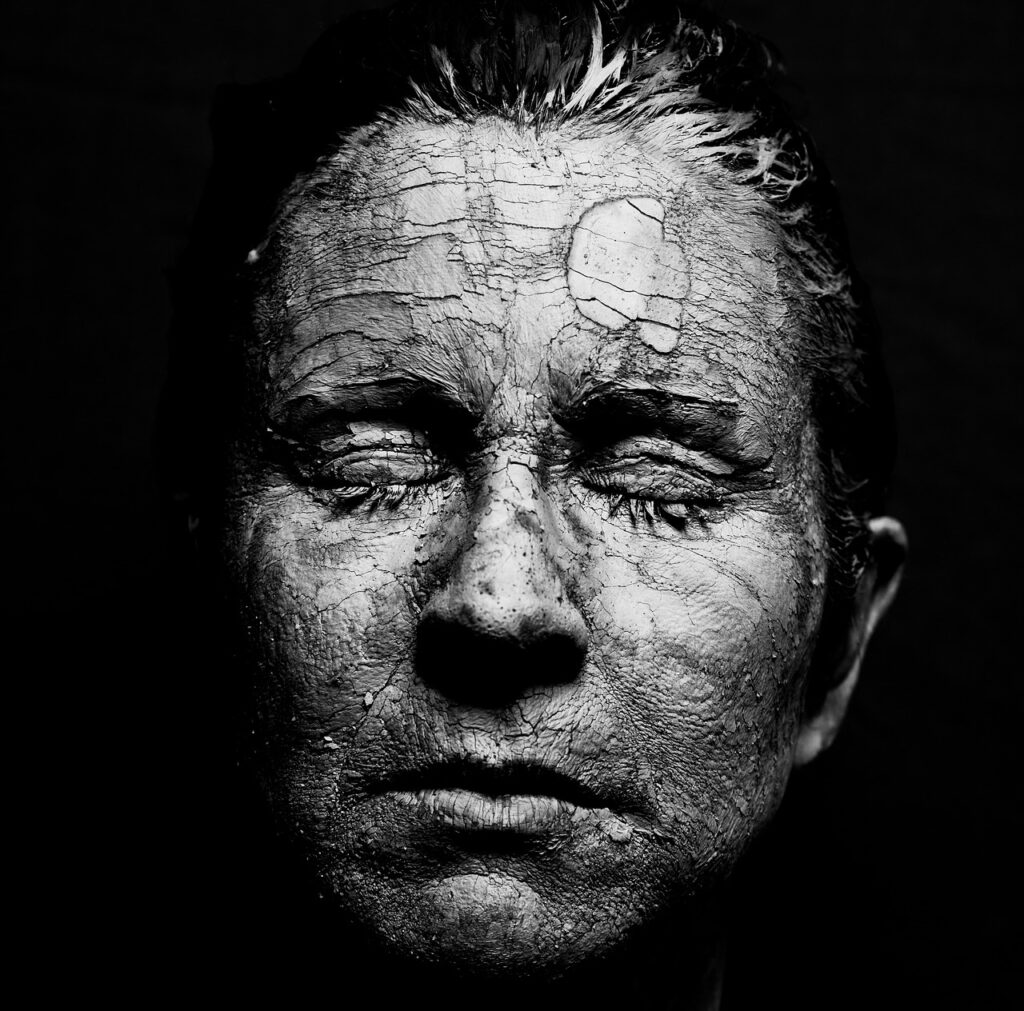Seborrheic dermatitis is a common skin condition that affects millions of people around the world. Characterized by red, itchy, and flaky skin, seborrheic dermatitis can be uncomfortable and sometimes even embarrassing. While there are various treatment options available, one approach that has gained attention is homeopathy. In this beginner’s guide, we will explore the definition, pathology, causes, risk factors, signs and symptoms, investigations, general management, and prevention of seborrheic dermatitis. We will also delve into the potential benefits of homeopathic treatments, as well as foods to improve and avoid in managing this condition.

What is Seborrheic Dermatitis?
Seborrheic dermatitis is a chronic skin condition that primarily affects areas rich in sebaceous (oil) glands, such as the scalp, face, and chest. It is often characterized by redness, flakiness, and itchiness of the affected skin. This condition is believed to result from an interaction between various factors, including the overgrowth of a yeast known as Malassezia, individual genetics, and the overall health of the skin.
What is the Pathology of Seborrheic Dermatitis?
The exact pathology of seborrheic dermatitis is not fully understood, but it is thought to be a result of several factors:
– Malassezia Overgrowth: Malassezia is a type of yeast that is normally present on the skin. However, in individuals with seborrheic dermatitis, there is an overgrowth of this yeast, which can trigger an inflammatory response from the immune system.
– Genetics: Genetic factors can play a role in predisposing some individuals to seborrheic dermatitis. If you have a family history of the condition, you may be at a higher risk.
– Oil Production: Excessive oil production on the skin can contribute to seborrheic dermatitis. This is why the condition often affects areas with more sebaceous glands, like the scalp, face, and chest.
– Immune Response: The immune system’s response to the presence of Malassezia and other factors may exacerbate the inflammation and flakiness associated with seborrheic dermatitis.
What are the Causes of Seborrheic Dermatitis?
While the exact cause of seborrheic dermatitis remains elusive, several factors can contribute to the development and exacerbation of this skin condition. Common causes include:
– Malassezia Overgrowth: As mentioned earlier, an overgrowth of the yeast Malassezia can be a significant contributor.
– Hormonal Changes: Hormonal fluctuations, often seen during puberty, pregnancy, and in individuals with certain medical conditions, can trigger or worsen seborrheic dermatitis.
– Stress: High stress levels can exacerbate many skin conditions, including seborrheic dermatitis.
– Cold and Dry Weather: Seborrheic dermatitis often flares up during the winter months when the air is dry and cold, leading to increased skin dryness.
– Certain Medications: Some medications, such as those that affect the immune system or neurological conditions, may increase the risk of seborrheic dermatitis.
What are the Risk Factors of Seborrheic Dermatitis?
Understanding the risk factors associated with seborrheic dermatitis is crucial for prevention and management. Common risk factors include:
– Age: Infants, adults, and the elderly can all be affected by seborrheic dermatitis, but it is most common in the first three months of life and between the ages of 30 and 60.
– Family History: If you have a family member with seborrheic dermatitis, your risk of developing the condition may be higher.
– Medical Conditions: Certain medical conditions, such as Parkinson’s disease, HIV/AIDS, and stroke, can increase the risk of seborrheic dermatitis.
– Neurological Conditions: Conditions that affect the nervous system, such as Parkinson’s disease and stroke, may increase the risk of seborrheic dermatitis.
Signs and Symptoms of Seborrheic Dermatitis
The signs and symptoms of seborrheic dermatitis can vary from person to person and depending on the affected area. Common symptoms include:
– Red or Inflamed Skin: Areas affected by seborrheic dermatitis may appear red and irritated.
– Flaky Skin: The condition often leads to the development of dry, white, or yellowish scales on the skin, which can be unsightly.
– Itchiness: Seborrheic dermatitis is often associated with itching, which can range from mild to severe.
– Burning Sensation: Some individuals with seborrheic dermatitis report a burning or stinging sensation on the affected areas.
– Oily Skin: In areas with sebaceous glands, the skin may also appear oily.
– Dandruff: On the scalp, seborrheic dermatitis may manifest as dandruff, causing flakes of skin to fall onto clothing or shoulders.
Investigations for Seborrheic Dermatitis
When dealing with seborrheic dermatitis, healthcare professionals may perform certain investigations to confirm the diagnosis and rule out other conditions. These investigations can include:
– Physical Examination: A visual examination of the affected area is often the first step in diagnosing seborrheic dermatitis. This involves inspecting the skin for redness, flakiness, and other common symptoms.
– Microscopic Examination: In some cases, a skin sample may be taken and examined under a microscope to identify the presence of Malassezia.
– Biopsy: In more severe or atypical cases, a skin biopsy may be performed to rule out other conditions.
– Patch Testing: In instances where an allergy is suspected, patch testing may be carried out to identify potential allergens.
– Blood Tests: Blood tests can help rule out underlying medical conditions or imbalances that may contribute to seborrheic dermatitis.
General Management of Seborrheic Dermatitis
Managing seborrheic dermatitis involves a combination of self-care and medical treatments. Here are some general management strategies:
– Cleansing: Gentle cleansing with a mild, fragrance-free shampoo and soap can help remove excess oil and flakes. Be sure to wash your hair and affected areas regularly but avoid excessive scrubbing.
– Moisturizing: Using a non-comedogenic moisturizer can help alleviate dryness and reduce flakiness.
– Antifungal Shampoos: Over-the-counter or prescription antifungal shampoos can be effective in treating scalp seborrheic dermatitis. Ketoconazole and selenium sulfide shampoos are common choices.
– Topical Steroids: In more severe cases, a healthcare provider may prescribe topical steroids to reduce inflammation.
– Topical Antifungals: Topical antifungal creams or ointments may be recommended for affected skin areas.
– Light Therapy: In resistant cases, phototherapy or light therapy can be used to manage symptoms.
– Stress Management: Reducing stress through relaxation techniques, exercise, and mindfulness can help prevent flare-ups.
General Prevention of Seborrheic Dermatitis
Preventing seborrheic dermatitis or reducing its severity involves a combination of lifestyle and skincare practices. Here are some preventive measures:
– Proper Hygiene: Regularly wash your face and hair with mild, fragrance-free products to prevent the buildup of oil and flakes.
– Stress Reduction: Managing stress through relaxation techniques, exercise, and stress-reduction strategies can be beneficial.
– Dietary Choices: Maintain a balanced diet rich in nutrients, vitamins, and minerals that support overall skin health.
– Avoiding Triggers: Identify and avoid personal triggers, such as specific skincare products or allergens.
– Limiting Alcohol: Excessive alcohol consumption can exacerbate seborrheic dermatitis, so it’s wise to moderate your intake.
Foods to Improve and Avoid for Seborrheic Dermatitis
While there is no specific diet that can cure seborrheic dermatitis, dietary choices can play a role in either exacerbating or alleviating the condition. Here are some foods to consider including in your diet and others to avoid:
Foods to Improve:
1. Fatty Fish: Salmon, mackerel, and sardines are rich in omega-3 fatty acids, which have anti-inflammatory properties that may help reduce skin irritation.
2. Probiotics: Foods like yogurt, kefir, and kimchi contain probiotics that can support a healthy gut, potentially improving skin health.
3. Fruits and Vegetables: A diet high in fruits and vegetables provides essential vitamins and antioxidants that promote skin health. Spinach, kale, and berries are particularly beneficial.
4. Whole Grains: Opt for whole grains like oats, brown rice, and quinoa, which are lower on the glycemic index and may help stabilize blood sugar levels, reducing inflammation.
Foods to Avoid:
1. Sugar: High-sugar foods can lead to inflammation and may exacerbate skin conditions like seborrheic dermatitis.
2. Dairy: Some individuals may find that dairy products worsen their symptoms. Consider limiting or eliminating dairy to see if it makes a difference for you.
3. Processed Foods: Highly processed foods often contain trans fats and additives that can be inflammatory and may affect your skin negatively.
4. Gluten: While gluten sensitivity varies from person to person, some individuals with skin conditions find that reducing gluten in their diet helps improve their symptoms.
Homeopathic Remedies for Seborrheic Dermatitis
1. Graphites: Recommended for seborrheic dermatitis with a humid, itchy eruption on the hairy scalp emitting a fetid odor, worsened by warmth and during or after menstruation. Typically taken in potencies of 6C to 30C, 3-5 pills three times a day.
2. Kali sulphuricum: Used for seborrheic dermatitis featuring a burning, itchy, papular eruption, aggravated in the evening and heated rooms. Best taken in potencies from 3C to 12C, 3-5 pills three times a day.
3. Natrum muriaticum: Suitable for dry eruptions on the margin of the hairy scalp, worsened by heat and warm rooms, improved by open air and cold bathing. Potencies range from 12C to 200C, and it’s typically taken as 3-5 pills three times a day.
4. Phosphorus: Indicated for itching of the scalp, dandruff, and hair loss, often worsened by touch, changes in weather, and getting wet in hot weather. Common potencies are 3C to 30C, with a recommended dose of 3-5 pills three times a day.
5. Thuja occidentalis: Used for seborrheic dermatitis with white, scaly dandruff and dry, falling hair, typically aggravated at night and from the heat of the bed. Available in tincture or 30C potency, with a recommended dosage of 10 drops in half a glass of water three times a day, or 5 drops three times a day.

To Summarize
In conclusion, seborrheic dermatitis is a common skin condition with a range of causes and contributing factors. While there is no one-size-fits-all solution for managing this condition, a combination of proper skincare, stress management, and dietary choices can go a long way in preventing flare-ups and improving your skin’s health. In some cases, homeopathic treatments may also be considered as a complementary approach to traditional medical treatments. If you suspect you have seborrheic dermatitis, consult with a healthcare professional to determine the best course of action for your specific case. Remember, with the right care and management, you can lead a happy and confident life despite this common skin condition.
Reach out to us for a Consultation
For any queries, reach out to us at contact@homeopathic.ai
This blog is for information purposes. It’s crucial to note that while homeopathy is a centuries-old practice with many adherents worldwide, always consult a qualified homeopath or medical professional before initiating any treatment.


